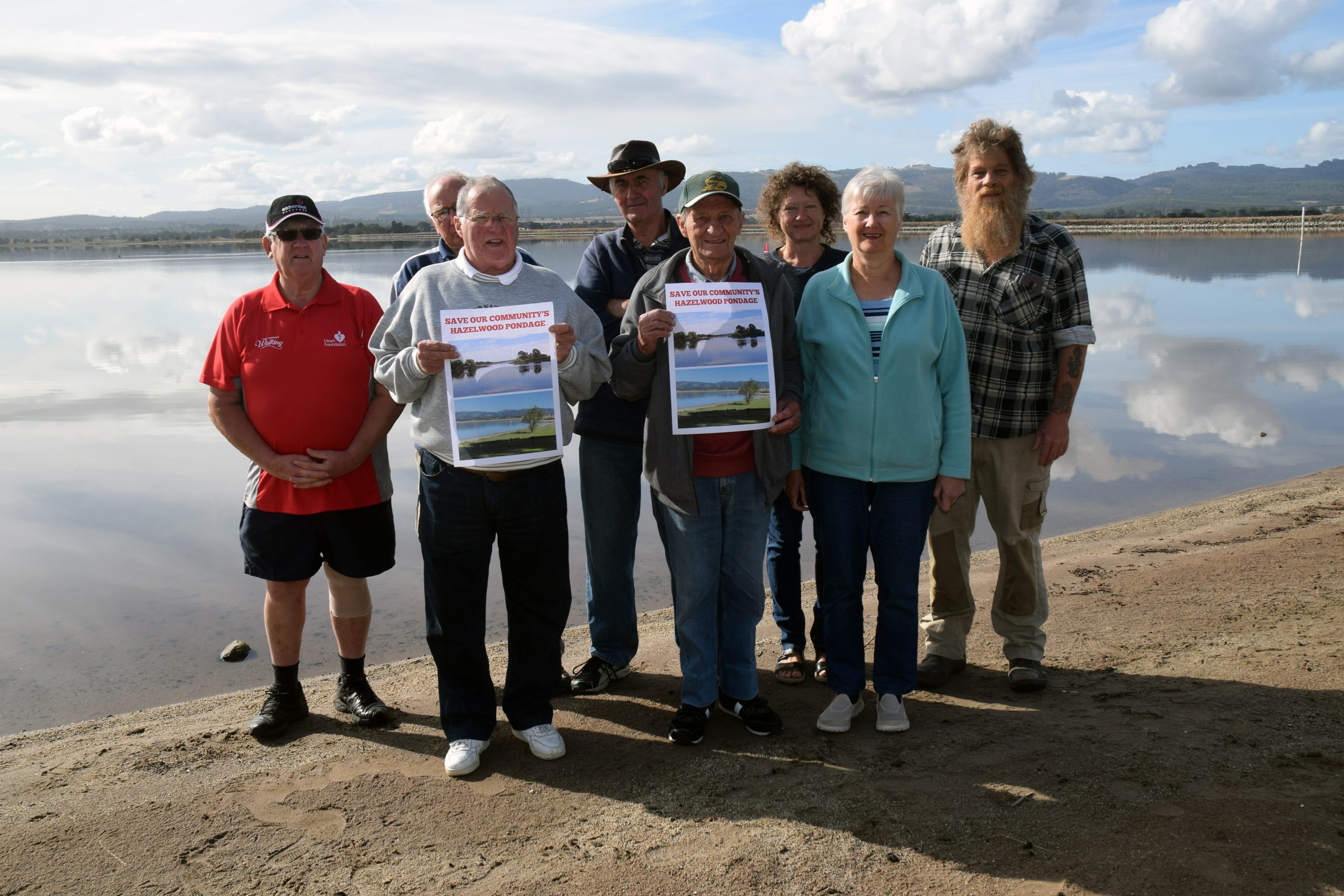It has never been a question of ‘if’ but ‘when’ for environmentalists.
“This should not be a shock to anyone, though it will be a lot to take in,” Environment Victoria campaigns manager Nicholas Aberle said in the wake of speculation that Hazelwood power station could shut as early as April next year.
Dr Aberle said in many ways an October decision was later than anticipated, and hoped a closure date would at least provide a time frame for the community to prepare.
“As long as timelines don’t exist, it’s much easier to say it’s not going to happen,” he said.
“Now there’s this scramble to figure it out. If we knew when it was going to close, we would be in a better place now.
“It’s delayed real transition planning.”
French owner Engie, formerly known as GDF SUEZ, announced in May this year it was moving away from coal-fired energy, with a policy of “no new coal-fired power plants”.
It has also faced a series of legal action under State Government environmental and workplace law since the Hazelwood mine fire in 2014.
In 2010 the Brumby government promised to start the closure of the station, however was unable to implement the policy before losing that year’s state election.
Two years later, the Gillard government promised to secure closure of 2000 megawatts of brown coal through a “contract for closure” scheme, which did not come to fruition.
Engie has declined to make further comment to The Express, saying it has made no final decision to close the power station.
Dr Aberle is an environmental lobbyist who ran a transition forum in the Latrobe Valley last year, asking residents how they wanted the Morwell mine and station to be rehabilitated.
He said the station’s closure would create change for the community, but it was important to consider climate change.
The environmentalist noted the social cost of Hazelwood, with air pollution costs and damage to the climate estimated at $900 million a year in an analysis by two Harvard fellows using National Academy of Society data.
He said the closure of the station would also remove 15 million tonnes of carbon dioxide from the atmosphere, with the station representing 15 per cent of the state’s emissions.
“We should do everything we can to reduce the impact of this on the Latrobe Valley, but should we continue to keep polluting as much as we are?” Dr Aberle said.
Victorian Industry and Employment Minister Wade Noonan said the government committed $40 million in this year’s state budget to start the process of assisting the local economy in transitioning.
“I know there’s been lots of speculation, it’s gone on for many years… I learnt that from my visits to the Valley,” Mr Noonan said.
“There are serious pockets of unemployment. That’s why the Andrews government is making a substantial financial investment in relation to try to grow and diversify the economy.”
Environmental Justice Australia, which worked with community activist group Voices of the Valley during the Hazelwood Mine Fire Inquiry, is another advocate for the health and environmental benefits of the station’s closure.
Researcher James Whelan said in the panic reaction to news of closure, few were acknowledging that communities could breathe more easily.
Dr Whelan said collectively, the Valley’s stations emitted more than four million kilograms of dangerous fine particle pollution, 79 kilograms of nitrous oxides and 122 million kilograms of sulphur dioxide each year.
“The Andrews government has a duty to plan and assist the transition to clean renewable energy in power station communities like the Latrobe Valley to ensure these health benefits are not accompanied by unemployment and social and economic disadvantage,” Dr Whelan said.










